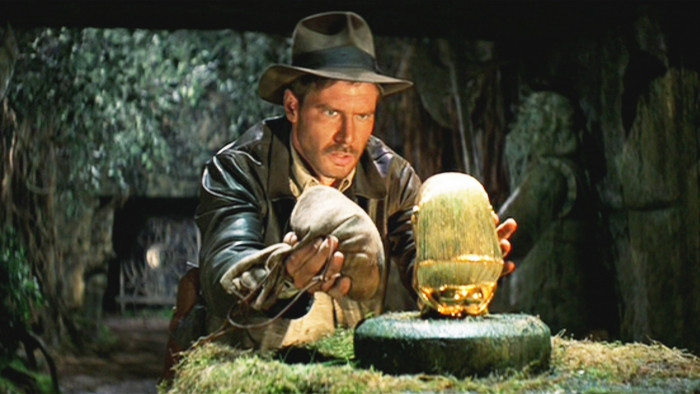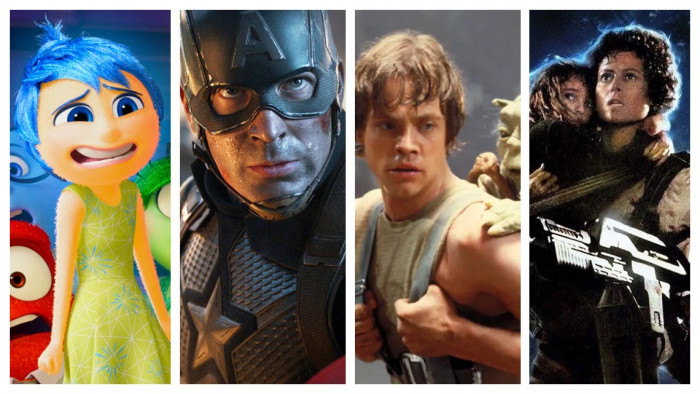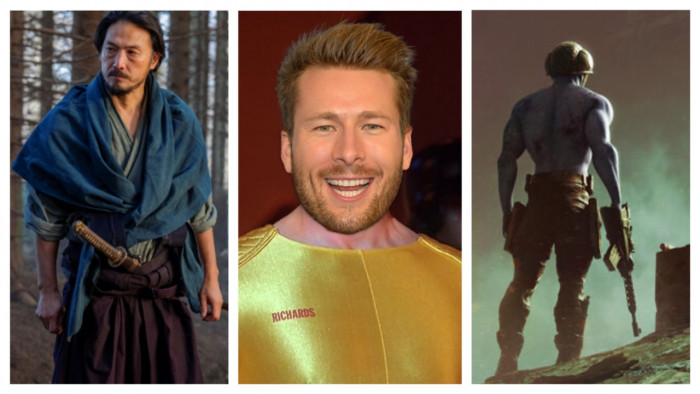The king of gore presents his guide to scaring the bejesus out of audiences while making them want more
Be creative with your killings
“You want to feel like you’re at the hands of an unstable narrator. Whatever death you’re doing, you have to be aware of other deaths and put your own creative spin on it.”
Pick a ‘sympathetic’ leading lady…
“It’s not the gore, it’s the look of terror in an actor’s eye – that’s what’s scary. You want an actress that’s pretty, but that girls like too. Naomi Watts in The Ring is so beautiful, but so sympathetic. Jamie Lee Curtis is fantastic in Halloween. Shelley Duvall in The Shining is a great actress, but I don’t sympathise with her.”
…and an unsympathetic leading man
“If your victim is someone who acts like a complete idiot, then your audience wants to see them get killed because they deserve it.”
Rely on ‘deep inner pain’
“Don’t audition an actor’s scream. Just trust that they have it. The very fact that they’re an actor means they must have some very deep inner pain that they’re working out through acting.”
If it scares you, it will scare the audience
“Aftershock [Roth’s forthcoming film] is about the collapse of society in the hours after a devastating earthquake. You’re thinking, ‘Here we are in this nice hotel,’ then five minutes later it’s Armageddon. That terrifies me. So does Leatherface from The Texas Chainsaw Massacre: the idea that there are people in your neighbourhood that will chop you up and wear your skin.”
Freak your actors out
“The downside to horror movies is that with every viewing, they lose their potency. If you want to get a good reaction from your actors, save the scary moment until shooting, so that their reaction is real. That’s what Ridley Scott did with Alien, when the chest-burster popped out.”
Talk to Tarantino…
“I’ve watched Quentin fire people because they weren’t prepared for the role. You don’t want to mess with him. He told me, ‘If someone is better off-camera, don’t be afraid to turn it back around to catch what they do, because that’s often where you get the best stuff.’”
…and David Lynch
“David gave me the best advice: keep your eye on the doughnut, not the hole. The ‘doughnut’ is the information recorded in those 24 squares per second. That’s all the audience will see. The ‘hole’ is all the other bullsh*t: the agents, the fighting, people getting mad with each other, people sleeping with each other. You have to tune all of that stuff out.”
Get practical with prosthetics
“I’ve seen people come out of the trailer [wearing prosthetics] and I’ve been genuinely shocked. You can spend time fixing the film in CGI, but often it still just feels computer-y.”
Horror is in the editing room
“The tension is built in the editing room. Don’t give it away by cutting to the close-up too early.”
Too grisly is just silly
“If you go too grisly, it doesn’t have the effect of people going, ‘Argh! That’s the worst thing I’ve ever seen!’ People will just laugh, and it will become silly.”
Classic shots make for crazy reactions
“I like classical framing and composition. But I like to hold still shots for as long as I can. I find if you can keep it completely still, and let it build, then the audience goes really wild. Roman Polanski does that in Rosemary’s Baby, Kubrick does that in The Shining with those Steadicam hallway shots.”
Ditch the tired clichés
“If you can’t think of anything else, it’s terrible. The filmmaker knows the audience is expecting it. In the wrong hands, Paranormal Activity could have been a very clichéd movie, but it was so original and clever. The door creaking open is a classic cliché, but it’s the scariest thing you’ve ever seen.”
The Last Exorcism: Part II is at cinemas nationwide from 7 June. Image: Rex
Latest
Related Reviews and Shortlists


The 10 best war movies of the 21st century









